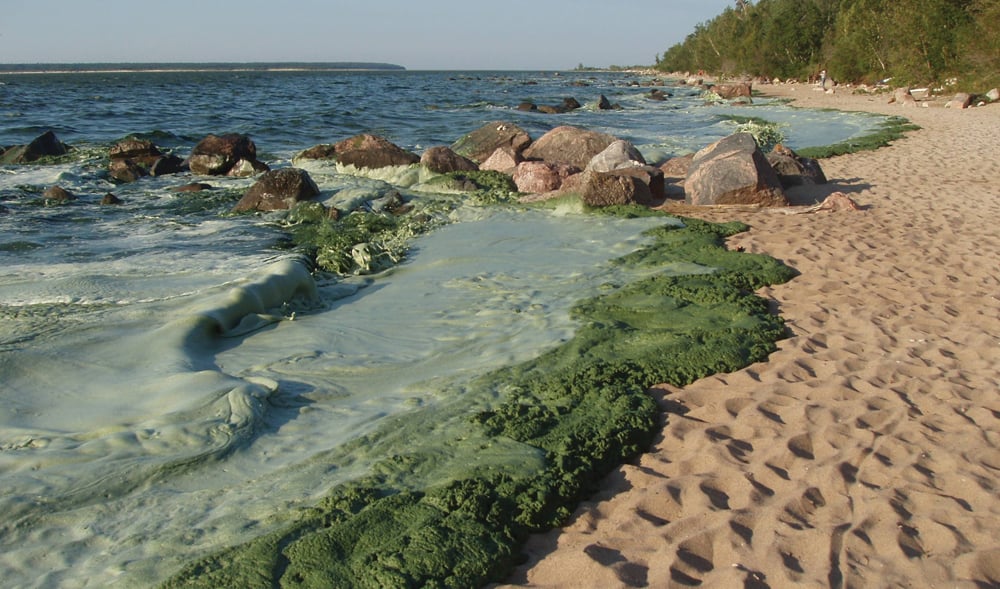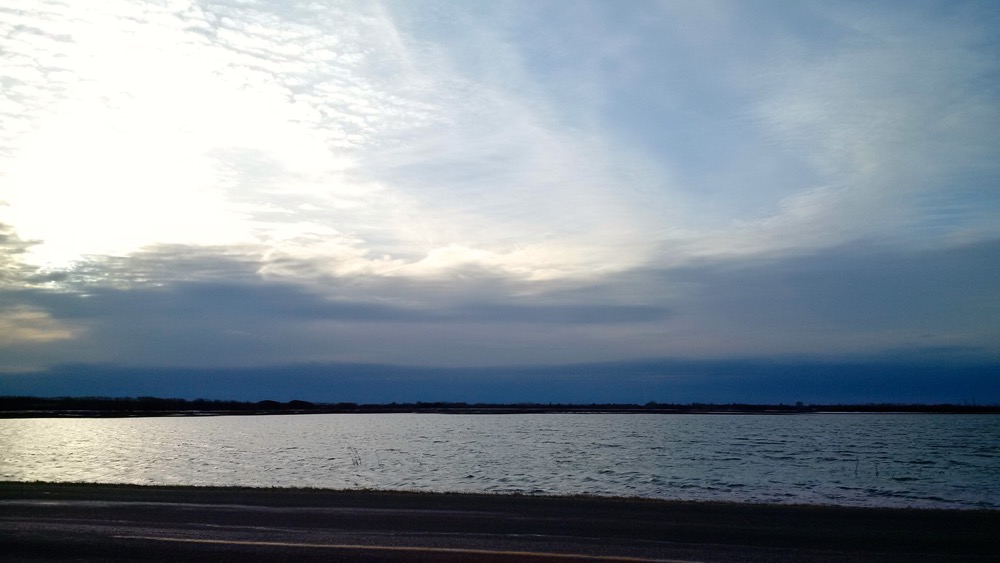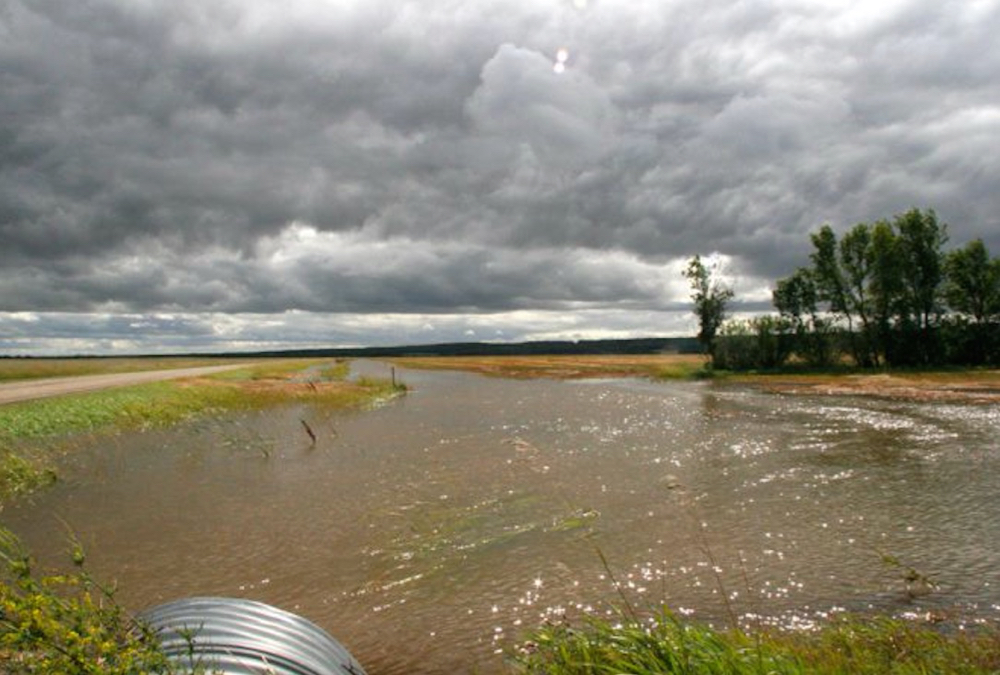Science beat out commerce in one corner of the Brandon Shoppers Mall May 13 as the Assiniboine Hills Conservation District hosted its first home water festival.
Conservation district manager Neil Zalluski said the event focused on public awareness of conservation district operations, many of which are largely unknown to the general public.
“The kids are there learning about the stations, then we have the chance to talk to the adults about what we do and where they live and what we can help them with,” Zalluski said.
Read Also

AgriStability enrolment deadline extended
The deadline for Manitoba farmers to enroll in the AgriStability business risk management program has been extended by three months agriculture minister Ron Kostyshyn announced on Friday.
Beaver management, drinking water protection, drainage and shore stabilization, equipment and livestock waterway crossings, and rebates for forage seed, fencing, wells and shelterbelts are under the conservation district’s purview.
Small crowds
The event was neither as large nor as well trafficked as the conservation district hoped, with between 130 and 150 attendees.
However, Zalluski said he thought the event was fairly well received. “I think we’ll think about changing the time of year we do it where (there’s) maybe more foot traffic in the mall. It was a nice day in the spring and I think everybody wanted to be outside.”
Two of five originally advertised activity tables were set up during the event. Attendees ran water through one station to mimic river flows and erosion, while a model watershed outlined the interconnection between groundwater, creeks, rivers and lakes as well as the spread of pollution.
“That was just to bring awareness that what you do in one area can affect people in other areas, so those were kind of the two stations we had. We had some other ones planned, but there wasn’t enough space,” Zalluski said.
Manitoba Conservation Districts Association executive director Shane Robins cited the educational role of the water festival and those like it.
“They have quite a few roles,” she said. “Firstly, and most obviously, they engage the youth in the area about the linkage of water within our watershed and then, also, the different players in the watershed that are working to improve soil and water quality. They also engage the parents and the adults who participate with the youth.”
Robins noted that adults are frequently surprised by the size of watersheds affecting Manitoba. The Lake Winnipeg watershed draws on one million square kilometres in four Canadian provinces and four U.S. states, but has a single main outflow through the Nelson River.
“We are at the mercy of what is in that water,” she said. “Any high water event, we’re there to receive it, so the first thing they say to me is they look at me and say, ‘Wow, what can we do?’ That’s the doorway open to say, ‘Well, the conservation program’s out there working to slow water and improve its quality and mitigate flood and prevent droughts, things like that.’”
Summer programming is about to hit its stride in conservation districts province-wide, although the Assiniboine Hills Conservation District focuses educational efforts during the school year.




















